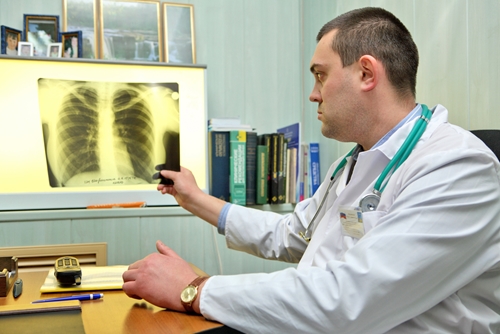At-risk lung cancer patients identified by EHR screening
At times, meaningful use requirements can seem like busy work blindly focused on attesting for incentive payments, but with increasing frequency, electronic health records are being used in ways that increase the potential of physicians to administer effective treatment.
While there is still a distance to go before EHRs are functioning smoothly across all areas of the health care industry, a recent study by researchers at City of Hope Medical Center in Duarte, Calif., used EHR technologies to identify and screen patients who were at a high risk of developing lung cancer.
Family Practice News reported that Dan J. Raz, M.D., lead author of the study, began by selecting 418 patients whom he reached out to for further testing. While a majority of those initial patients did not participate in the study for financial reasons or disqualification after later screenings deemed them ineligible, the data of 110 patients was entered into an EHR system specifically designed to apply the criteria of early-stage lung cancer to the information.
With the help of the EHR's analytical capability, Raz was able to identify three patients with a higher-than-average chance to develop the condition. Upon further testing, those patients were found to be in the early stages of lung cancer and were successfully treated.
From the initial screening to the end of treatment, Raz's EHR-assisted process took only seven months, and the input of data into the software took an average of only two minutes per patient.
Raz's study epitomizes what government agencies such as the Office of the National Coordinator for Health Information Technology have called the "promise and power" of EHRs in the hands of talented physicians.
"To make good decisions for that person or population that you're serving, you need good information that's not just data that actually can inform your decision-making at the right time," Karen DeSalvo, director of the ONC, told Government Health IT.



